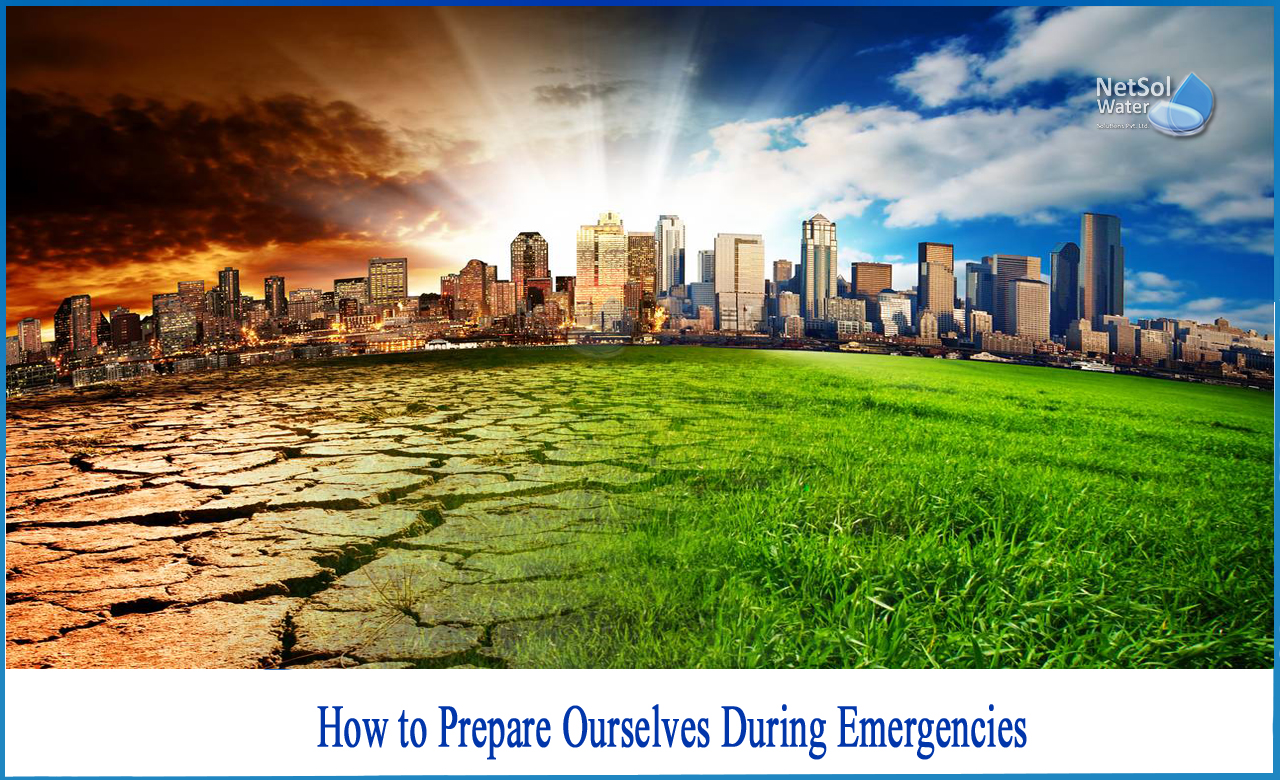How to prepare ourselves during emergencies?
Nature is a truly powerful force that we can only hope to recover from. Natural disasters have left their mark on the world throughout recent history, from hurricanes and typhoons to earthquakes, volcanic eruptions, and forest fires.
Local government's role in a disaster
All local governments have knowledge of your community's economic, social, infrastructure, and environmental needs that can allow them to provide assistance in the event of a disaster.
According to the Disaster Management Act of 2003, the role of local government is to:
· Have the ability to respond to disasters
· Approve a local disaster management plan and ensure that local disaster
· Information is provided to the District Disaster Coordinator as soon as possible.
Local governments appoint disaster management committees
Their responsibility is to:
· Create, review, and evaluate effective disaster management practices.
· Assist the local government in developing a local disaster management plan.
· Ensure that the community understands how to respond in the event of a disaster.
· Identify and coordinate disaster-responsibility resources.
· Local disaster operations must be managed.
· Make certain that local disaster management and disaster operations are integrated with state disaster management.
Flooding can render people without power or running water, and municipal water treatment facilities may be rendered inoperable. Surface water sources are contaminated with bacteria, viruses, parasites, organic and inorganic chemicals, and sediments after these tragic natural events, which can spread disease and cause illness if consumed.
It is critical that this water be treated as soon as possible using an emergency water treatment system, as water-borne diseases will result in additional deaths. Apart from drinking, people require clean water for hygiene and cooking.
What Treatment Methods Are Available for Emergency Water Treatment?
For contaminated flood water, several emergency water treatment methods have been used. Some are designed for use in the home, while others are used in larger scale portable or mobile/containerized purification units.
Among these methods of treatment are:
Chlorine disinfection – Because chlorine, such as bleach, is readily available, it can be used in the home. Strong disinfectant, but does not remove solids and must be de-chlorinated before use. It can also change the odor and taste of food, and it does not kill pathogens like cysts.
UV disinfection – Small wands that can be inserted into bottles or pitchers for home use, or larger mobile units.
Ion exchange – Can be used on a large scale, but small units for home use are available. Excellent for removing toxic heavy metals, but requires regeneration and is unsuitable for emergency water treatment due to resin fouling issues.
Reverse osmosis -Small systems of reverse osmosis are available, but they can be costly. Larger scale systems consume a lot of energy and are prone to immediate membrane fouling due to the contaminant levels in the source water used in emergency water treatment applications.
Mechanical filtration -Mechanical filtration comes in a variety of forms that can be used in-home or on a large scale.
Electrocoagulation -Electrocoagulation is ideal for large-scale applications. Portable and mobile units are inexpensive and simple to set up and operate. Can remove bacteria and viruses, as well as suspended solids, organic and inorganic chemicals, and turbidity. Typically, no additional chemicals are required, and it can be powered by a generator or solar panels if a conventional power connection is not available.
Conclusion
In an emergency, all these procedures can be useful to some extent and can be used as a simple and effective method of water purification. Because of the ease of use and ability to greatly reduce or remove most, if not all, common floodwater contaminants, these technologies are an excellent choice for use after natural disasters.
Furthermore, Netsol Water can provide municipalities and government agencies with a remote monitoring and maintenance agreement to ensure that these systems are maintained for optimal operation and are ready to be deployed when the need arises.



